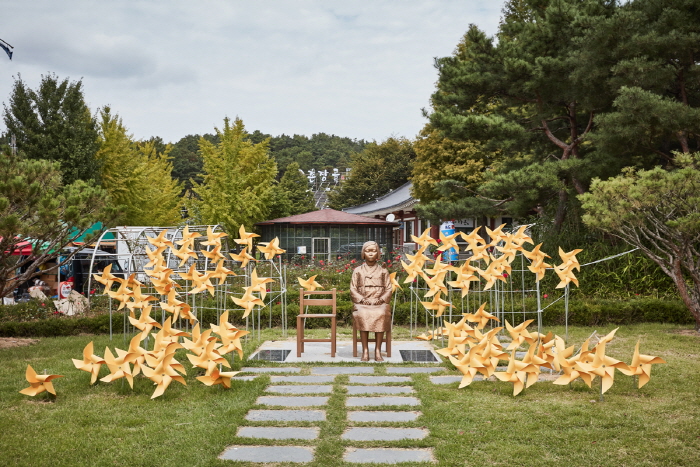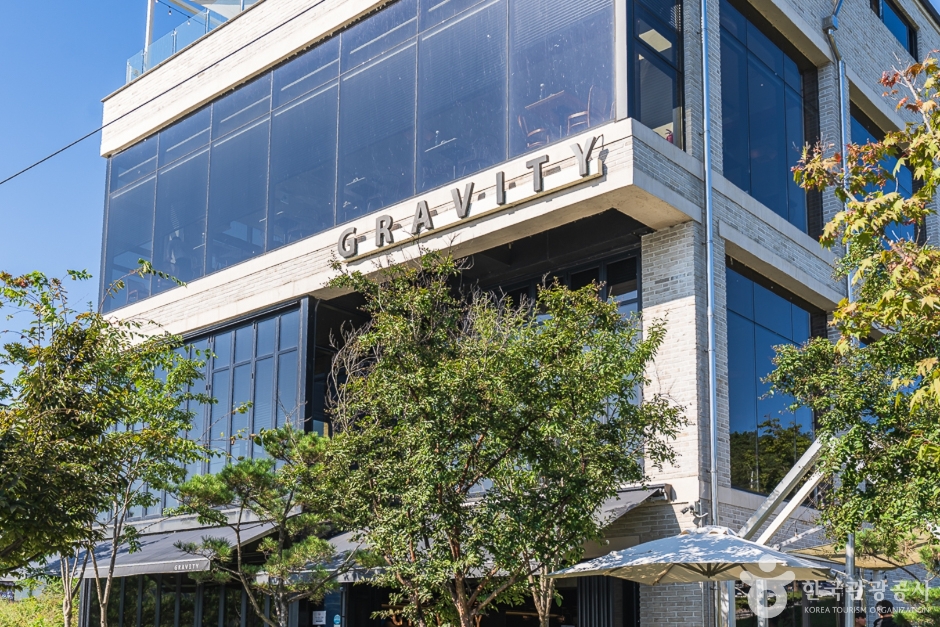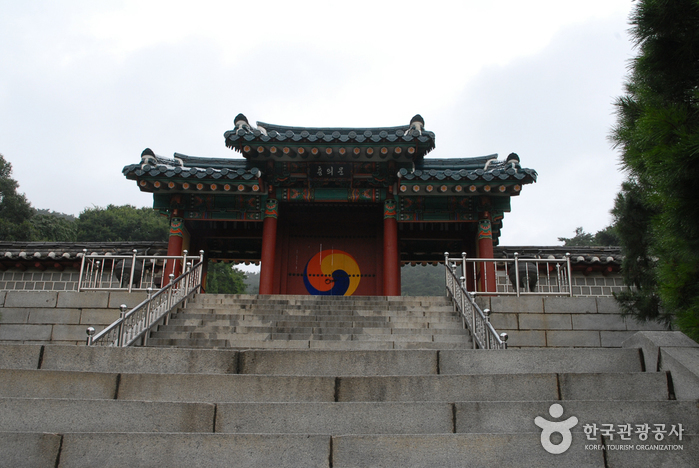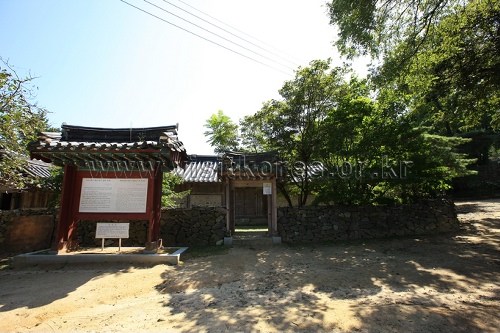Himart - Bangchuk Branch [Tax Refund Shop] (하이마트 방축점)
1.4 Km 0 2024-04-19
1367, Oncheon-daero, Asan-si, Chungcheongnam-do
-
E-Mart - Asan Branch [Tax Refund Shop] (이마트 아산)
1.6 Km 0 2024-04-22
1678, Oncheon-daero, Asan-si, Chungcheongnam-do
-
Uniqlo - Asan Punggi Branch [Tax Refund Shop] (유니클로 아산풍기)
1.9 Km 0 2024-04-18
1692, Oncheon-daero, Asan-si, Chungcheongnam-do
-
Sinjeongho Tourist Park (신정호관광지)
2.4 Km 17528 2020-03-26
616, Sinjeong-ro, Asan-si, Chungcheongnam-do
+82-41-540-2518
Sinjeongho Tourist Park was created in 1993 on land spanning 272,000 square meters in the Bangchuk-dong area of Asan City. The park has various attractions including a grass plaza, bird garden, wildflower park, sculpture park, youth facilities, and 8.45 meter-high statue of Admiral Lee Sun-shin. The ecological park at the tourist park entrance is home to a variety of plants such as pine trees and azalea flowers, while the sculpture park attracts visitors in the winter with a large ice sculpture 8 meters wide and 3 meters high. Sinjeongho Lake, located in front of the tourist park, is a popular fishing spot throughout the year and visitors can enjoy a leisurely ride on motor boats or pleasure boats.
Gravity Coffee Roasters (Sinjeonghosu Lake) (그래비티 신정호수점)
2.5 Km 0 2024-02-21
33-42, Sinjeongho-gil, Asan-si, Chungcheongnam-do
Gravity Coffee Roasters is a large dessert café right next to Sinjeonghosu Lake. It has one underground floor and is housed on the first floor of the building, with seating on the third-floor rooftop as well. It has a great view of the lake. The rooftop is particularly popular for its open view. The café serves a variety of beverages and desserts, from coffee to latte, ade, smoothies, juice, and croffle. Concerts are sometimes held in the hall as well.
Mokhwa Banjeom (Asan) [목화반점(아산)]
2.7 Km 28231 2024-02-21
7-3, Onju-gil 26beon-gil, Asan-si, Chungcheongnam-do
Mokhwa Banjeom is a Chinese restaurant in Asan enjoying a loyal following. Its expertise is evident in the popularity of customers’ favorites such as tangsuyuk (deep-fried pork with sweet and sour sauce), jjajangmyeon (black bean sauce noodles), and jjamppong (spicy seafood noodle soup). Many people visit this restaurant, so waiting is the norm. Mokhwa Banjeom’s signature dish is tangsuyuk (deep-fried pork with sweet and sour sauce), made with egg batter for a rich, crispy, yet fluffy texture.
Hyeonchungsa Shrine (현충사)
3.5 Km 27221 2020-04-03
126, Hyeonchungsa-gil, Asan-si, Chungcheongnam-do
+82-41-539-4600
Hyeonchungsa Shrine, located in Asan-si, is the shrine of General Lee Sun-Shin (1545-1598). It was built in 1706, and named Hyeonchungsa Shrine the following year. In 1932 during the Japanese occupation, a treasure preservation committee was formed to protect the shrine. Afterward, the shrine was rebuilt by the government, its area greatly enlarged, and was further developed into a sacred place.
The shrine contains Sipkyeongdo, a pictorial biography of general Lee Sun-Shin’s portrait and his life story. Nanjung Diary, designated National Treasure No. 76, his Long Sword, Treasure No. 326, and other treasures are displayed within the shrine as well, together with the old house he lived in, the arrow shooting range, and Geobuksun (turtle ship). When you enter the of Hyeonchungsa Shrine, Chungmu gate, you will see another gate called Hongsal Gate. Go past Hongsal Gate and you can see Lee Sun-Shin’s portrait, which was made with Korean Cheonggiwa tiles and iron-reinforced concrete. Inside the Gotaek Building is the Chungmujeong House, where Lee Sun-Shin spent his life until he was a young man. The newly added pond, Yeonji Pond, in Hyeonchungsa Shrine is also worth exploring.
Sure Stay Plus [Korea Quality]슈어스테이플러스호텔[한국관광 품질인증]
4.4 Km 0 2023-05-23
32, Onsaem-ro, Asan-si, Chungcheongnam-do
+82-507-1426-3052
Sure Stay Plus is an American chain business hotel in the center of the Tangjeong Display Industrial Complex in Asan, Chungcheongnam-do, and is the first Sure Stay Plus hotel to open in Korea. Accomodation rates are reasonable, and all rooms have air purifiers and bathtubs. Nearby tourist attractions include the Independence Hall of Korea in Cheonan, the Korean independence heroine Yu Gwan-soon’s Memorial Hall, Oeam Folk Village, and Hyeonchungsa Temple. Public transport links are good, with KTX Cheonan-Asan Station 15 minutes away.
Asan Mediterranean Village (지중해마을)
5.1 Km 0 2024-02-22
55-7, Tangjeongmyeon-ro 8beon-gil, Tangjeong-myeon, Asan-si, Chungcheongnam-do
Asan Mediterranean Village, also called Blue Crystal Village, is made up of buildings reminiscent of those found in a Mediterranean village. It is particularly interesting because it is housed in the heart of a modern city. The village is divided into two sections, one taking after the Provence in southern France and the other resembling Santorini in Greece. Famous sights include the photo areas of angel’s wings and a lighthouse-shaped red postbox, along with cafés and stores.
Asan Maengssi Haengdan House - Maeng Sa-seong House (아산 맹씨행단(맹사성 고택)
5.2 Km 10449 2020-05-07
23-4, Haengdan-gil, Asan-si, Chungcheongnam-do
+82-41-536-8773
Maeng Sa-seong is a major figure in Cheonbaek-ri and was a prime minister during the early years of the Joseon dynasty. His house is the oldest private residence in Korea, and was originally General Choi Yeong’s home, before he turned it over to his grand son-in-law, Maeng Sa-seong. The simple residence houses two 600-year-old gingko trees in the yard. Therefore it has been named ‘Haengdan’, meaning that Confucius taught on top of the gingko tree symbolizing a place of learning. For that reason it is inferred that Maeng Sa-seong intentionally planted gingko trees in the yard and taught junior scholars. The two gingko trees provide a cool shade and give out five sacks of gingko nuts each year.
![Himart - Bangchuk Branch [Tax Refund Shop] (하이마트 방축점)](http://tong.visitkorea.or.kr/cms/resource/78/2883278_image2_1.jpg)
![E-Mart - Asan Branch [Tax Refund Shop] (이마트 아산)](http://tong.visitkorea.or.kr/cms/resource/05/2883305_image2_1.jpg)
![Uniqlo - Asan Punggi Branch [Tax Refund Shop] (유니클로 아산풍기)](http://tong.visitkorea.or.kr/cms/resource/08/2883308_image2_1.jpg)


![Mokhwa Banjeom (Asan) [목화반점(아산)]](http://tong.visitkorea.or.kr/cms/resource/99/3050399_image2_1.jpg)

![Sure Stay Plus [Korea Quality]슈어스테이플러스호텔[한국관광 품질인증]](http://tong.visitkorea.or.kr/cms/resource/10/2949310_image2_1.jpeg)


 English
English
 한국어
한국어 日本語
日本語 中文(简体)
中文(简体) Deutsch
Deutsch Français
Français Español
Español Русский
Русский